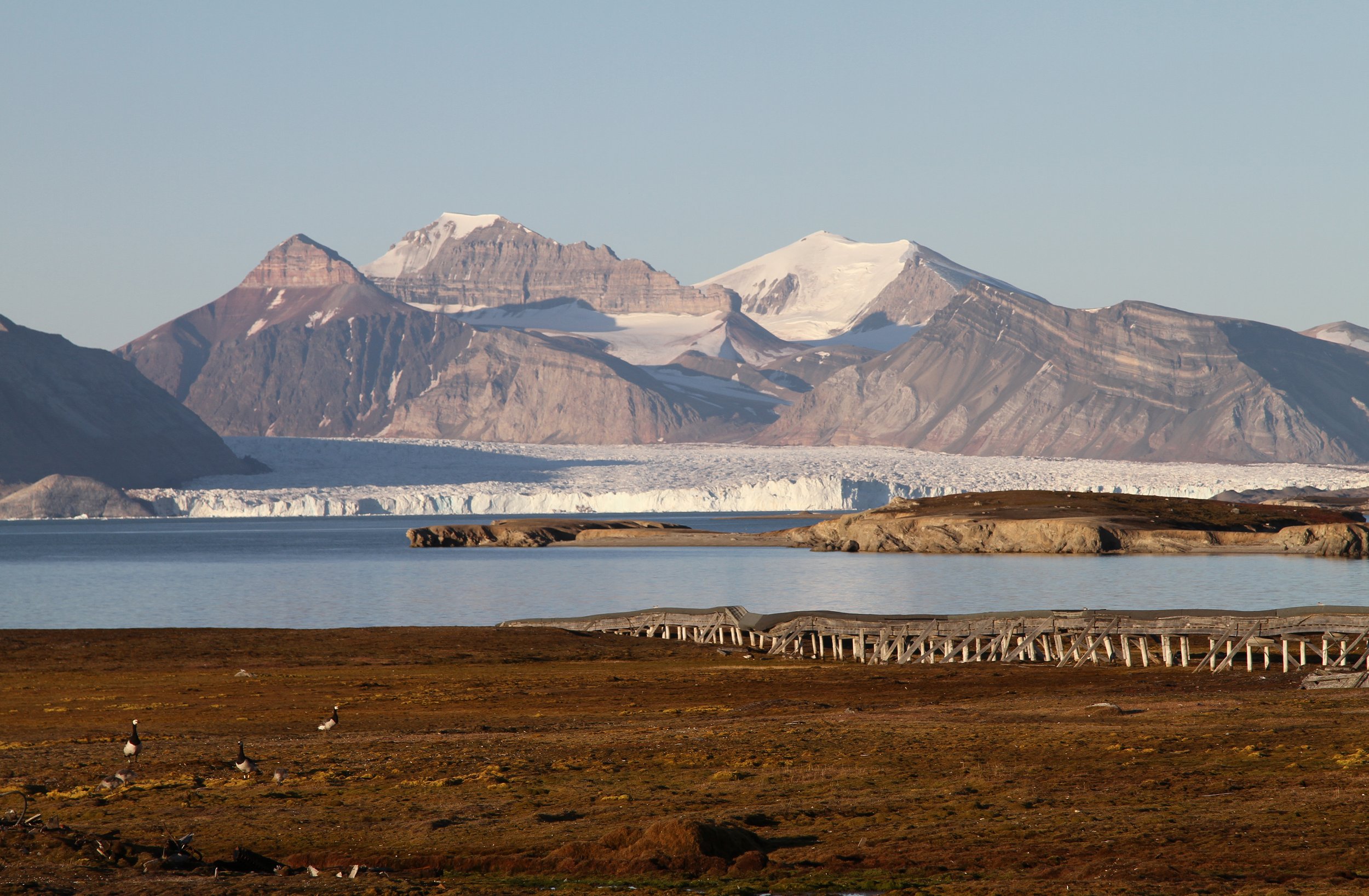
Accessing the Arctic
Providing Access to Arctic, sub-Arctic, Boreal and Alpine regions
Access is offered to 24 research stations located in the Arctic and northern alpine and forest areas in Europe, and North-America. The sites represent a variety of glacier, mountain, tundra, boreal forest, peatland and freshwater ecosystems, providing opportunities for researchers from natural sciences to human dimension.
Transnational Access
Transnational Access (TA) means transnational access to research infrastructures or installations for selected user groups. The access includes the logistical, technological and scientific support and the specific training that is usually provided to external researchers using the infrastructure. INTERACT Transnational Access calls will be open annually in the autumn for the summer and winter seasons of the following year.
-
Research (incl. experimental and monitoring studies; the latter if sufficient resources are available or for a short time continuation of a longer time series)
Data from one or few sites
Filling a data gap for scientific research
Developing longer term scientific cooperation with station(s), e.g. implementation of scientific network standards for contributions to regional/global assessments (requires agreement by station)
Scientific research requiring specific skills and competences
-
Eligible applicants – See eligibility criteria here
Station is open and space available in required period
Station has the appropriate field environments, access to sites, and laboratory facilities for the research to be carried out there
The proposed research has not been done before at the station, or is ongoing by another research group
Acceptance for the study is obtained by the station after scientific evaluation by the INTERACT Trans-national Access Selection Panel
Remote Access
Remote Access (RA) is a form of Transnational Access in which the user(s) do not visit the infrastructure/installation physically themselves; instead the staff of the infrastructure/installation is conducting the study/collecting the samples/doing the monitoring for the user(s) according to their research plan.
-
Research (incl. experimental and monitoring studies; the latter if sufficient resources are available or for a short time continuation of a longer time series)
Data from one or several sites
Filling a data gap for scientific research
Developing longer term cooperation with station(s), e.g. implementation of scientific network standards for contributions to regional/global assessments (requires agreement by station)
Minimising CO2 emissions from travels to field sites
Obtaining background data or complimentary data from the location where you obtain new data
Obtaining comparable data form other areas than your own study
Following rapid response to e.g. possible environmental/biological hazards at multiple sites
-
Simple experimental setup and instructions, and realistic demand for time and expertise
Researcher(s) are able to provide necessary equipment if the station does not have it available
Staff with required skills are available at the station or no expert knowledge or special training is required to conduct the research
Staff is available at the required time of data collection
Virtual Access
Virtual Access (VA) means free and open access to stations’ data and databases for everyone, without selection or evaluation process. Altogether 25 research stations located in the Arctic and northern forest and alpine areas offer INTERACT Virtual Access by 2023. INTERACT Virtual Access Single Entrypoint data portal allows you to search and access data and information from the Arctic and beyond.
-
Obtaining comparative data from same area/larger areas/several sites
Obtaining background data or complimentary data from the location where you obtain new data
Reducing CO2 emissions from travel to station, and environmental footprint at station
Obtaining comparative data from same/other conditions (natural, semi-controlled, experimental) than your own study
Obtaining retrospective/historical data
Obtaining time series (monitoring) data
-
Virtual Access means free and open access to data; there are no specific requirements or selection procedure for Virtual Access
At some cases user registration is required to download the data
Acknowledgement or attribution of the data source in publications resulting from Virtual Access is encouraged

Roadmap for Access Provision 2024-2028
The Roadmap of INTERACT Non-Profit Association Access Provision for 2024-2028 is the guiding document describing the long-term mission Mission, the medium-term Objectives, and the Actions to take for within the next five years to futher improve the outcomes and enhance the possibilities of the Transational, Remote and Virtual Access offered by the INTERACT non-profit association Station Members.

Virtual Access to INTERACT Data Portal
Explore free and open data from 15 stations in the Arctic, sub-Arctic, Boreal and Alpine regions. INTERACT Data Portal gives access to long-term monitoring and historical environmental data from different locations, allowing you to compare them thoughout time and space.
